Defiant strokes: Hauser & Wirth hosts Philip Guston's transitional work
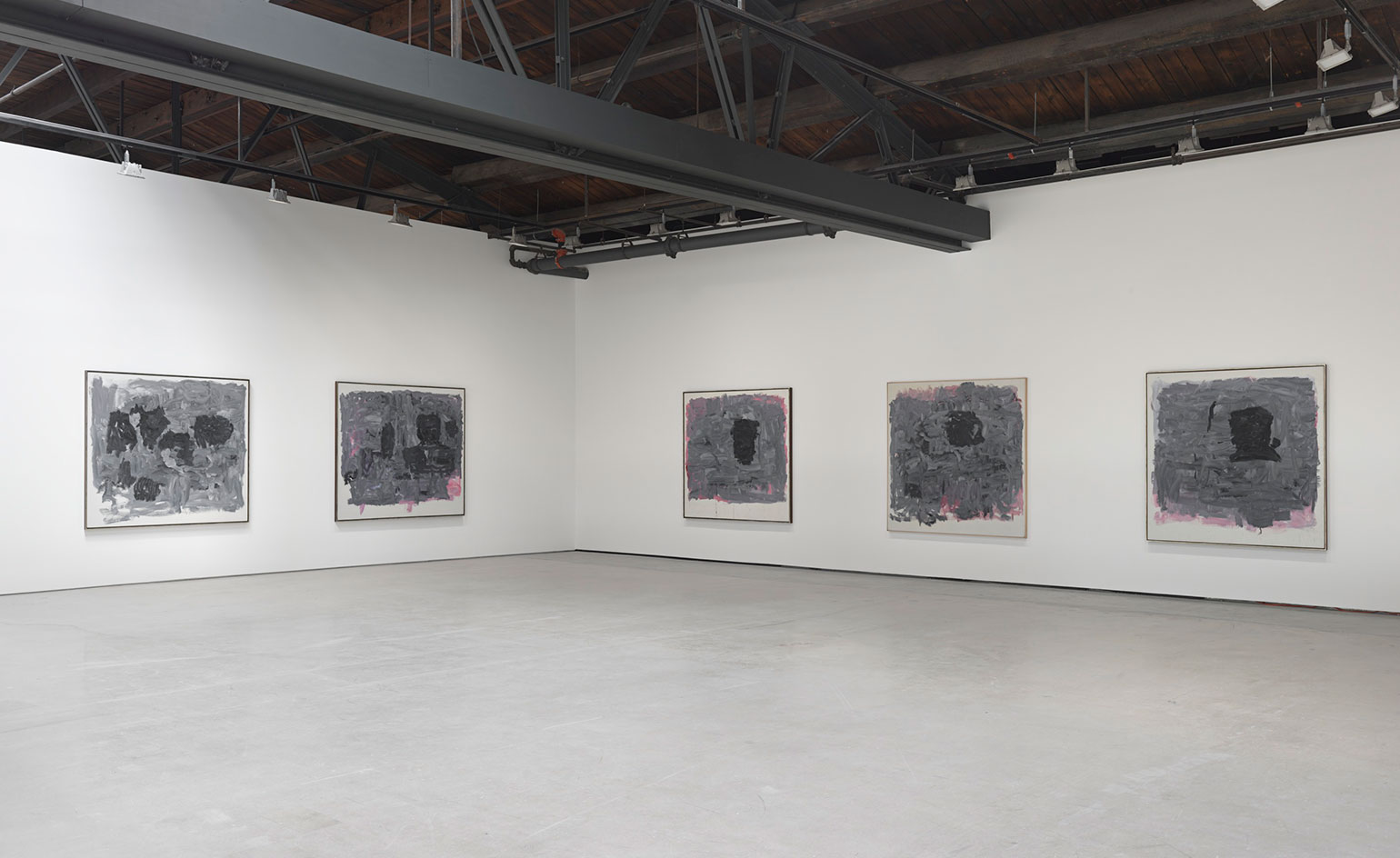
American artist Philip Guston – while perhaps not a household name like his New York School contemporary and onetime high school classmate Jackson Pollock – embodied many of the conflicts and contradictions inherent in 20th century modern art. Over the course of his career, Guston was almost chameleonic – routinely shifting his focus from the abstract to the figurative while attempting to reconicle gestural and field painting in the process.
The artist’s dialectic approach is explored in Hauser & Wirth’s ‘Philip Guston: Painter, 1957 – 1967,’ a compelling collection of 36 painting and 53 drawings. Drawn from private collections and museums (only a fraction of the pieces are up for sale), it is the most extensive showing from this body of Guston’s work to be displayed in some fifty years.
The work on view in Hauser & Wirth’s capacious Chelsea compound represents what critics call Guston’s ‘transitional period.’ As Hauser & Wirth partner and curator Paul Schimmel notes, however, the decade was actually entirely epochal for the artist. In fact, the exhibition brings us closer to Guston, a man who was in the process of pushing back against the burden of early career success as well as the confines of the Abstract Impressionist movement. According to Schimmel, Guston refused 'to be pinned down or to rest on his own considerable accomplishments and influence.'
Guston’s less appreciated paintings completed during this period mark a strident move away from his New York School days and the constraints of the Modern Art Complex.
The exuberant colours and vigorous strokes of earlier years moved to darker, more tenebrous forms, rendered with a heavier, more limited palette. In a large group of works that includes Stranger (1964) and Portrait I (1965) Guston creates lugubrious, almost cryptic portraits and fields with thick smoky greys. Dense forms imply the artist’s self examination while pink strokes bleed through defiantly.
Towards the end of this pivotal decade, a time that was also personally tumultous for the artist, who had retreated to Woodstock, New York, with his family, Guston swapped painting for drawing. The exhibition’s last section presents the artist’s 'pure drawings,' which were created in a two-year span between 1966 and 1967. Displayed together in a grid, the pieces offer a kind of elemental comfort with their gestures, marks, crude portraits and depictions of architecture and landscapes. 'This period was extraordinarily liberating for Guston,' said Schimmel. 'A clean sheet of paper didn’t represent the encumberments of who he was; he was no longer held back by the pop enemy camp.'
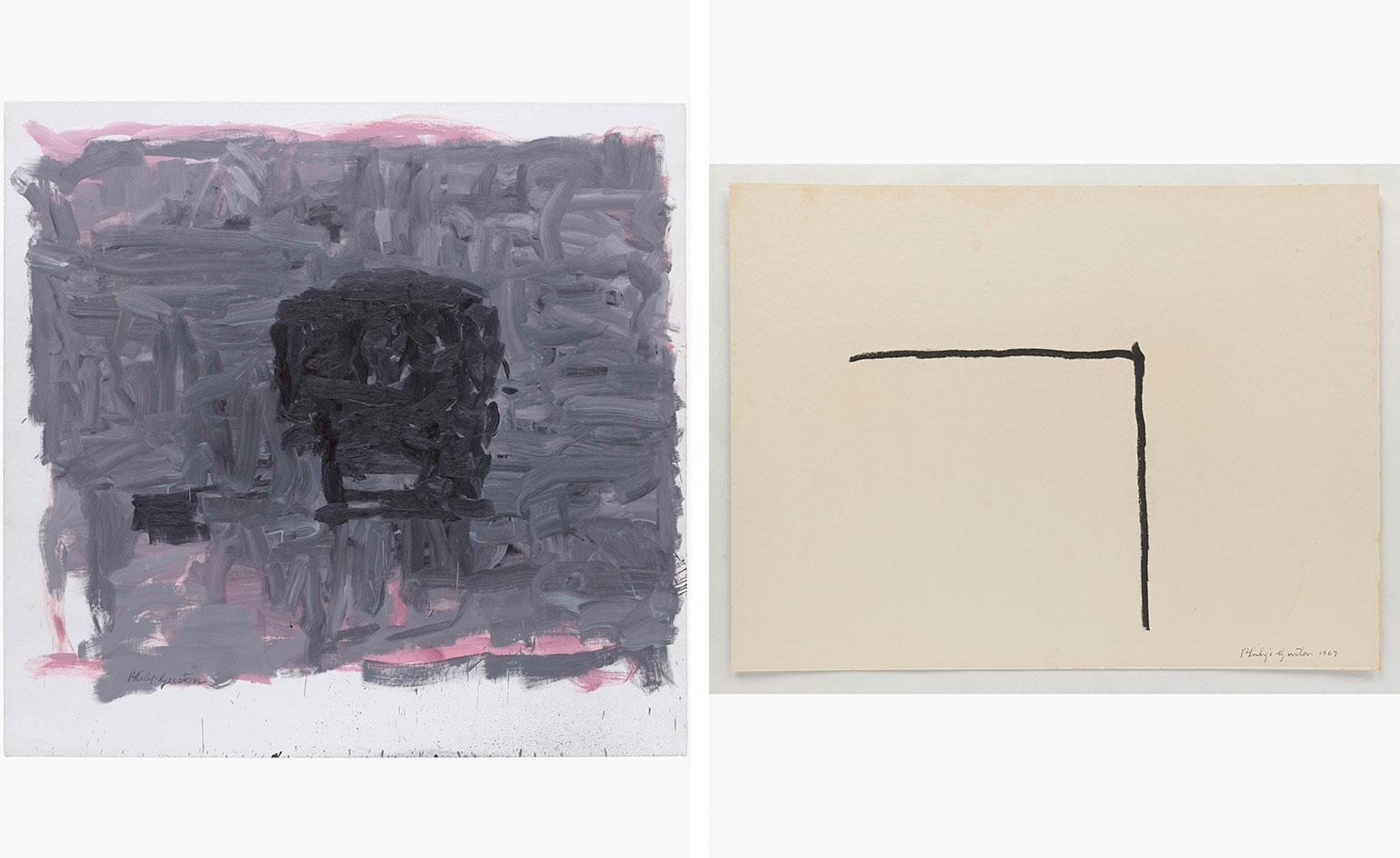
Pictured left: Inhabiter (1965) Courtesy The Museum of Modern Art, New York NY. Gift of Edward R Broida, 2005. Pictured right: Untitled (1967)
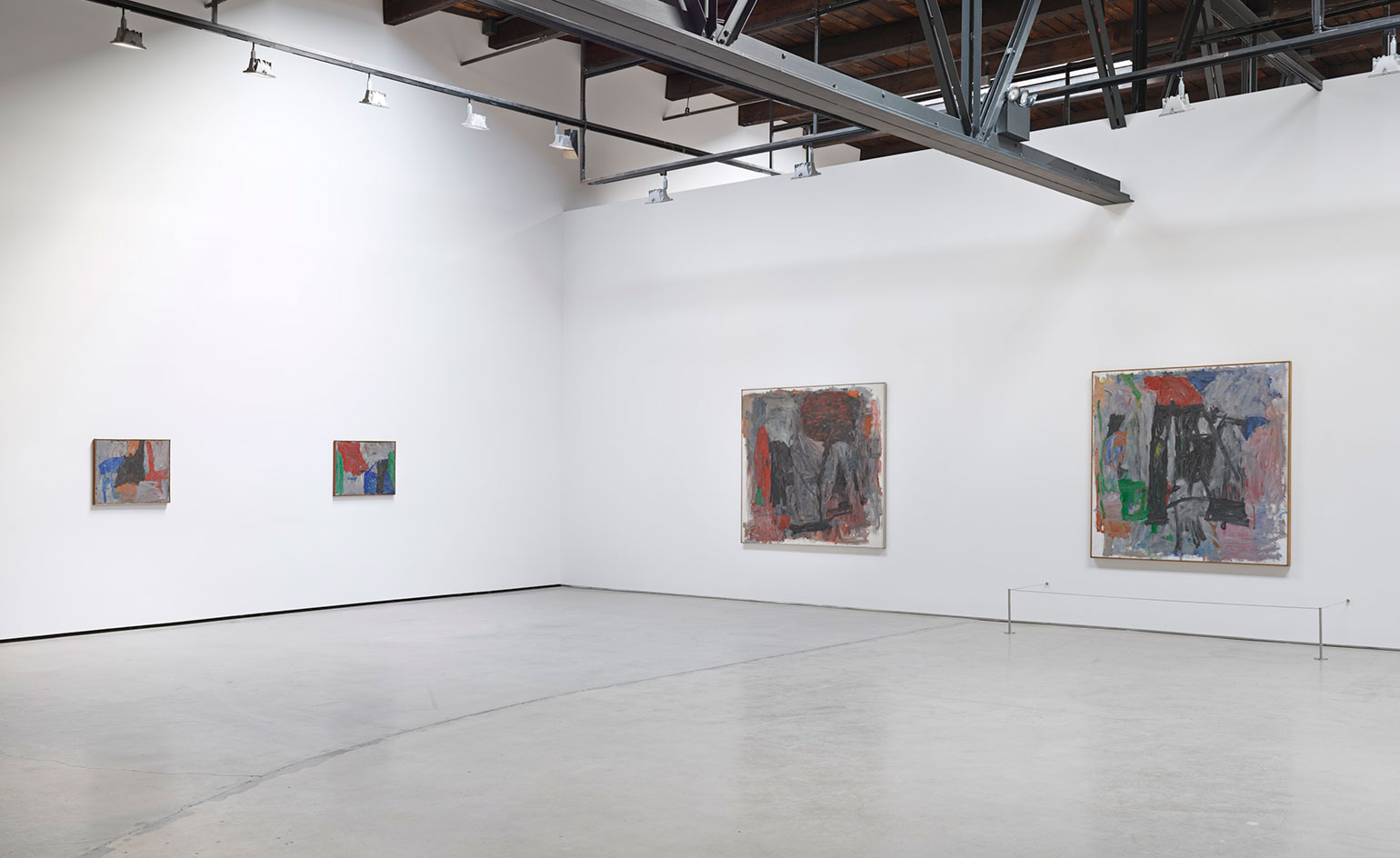
The exhibition brings us closer to Guston, a man who was in the process of pushing back against the burden of early career success as well as the confines of the Abstract Impressionist movement.
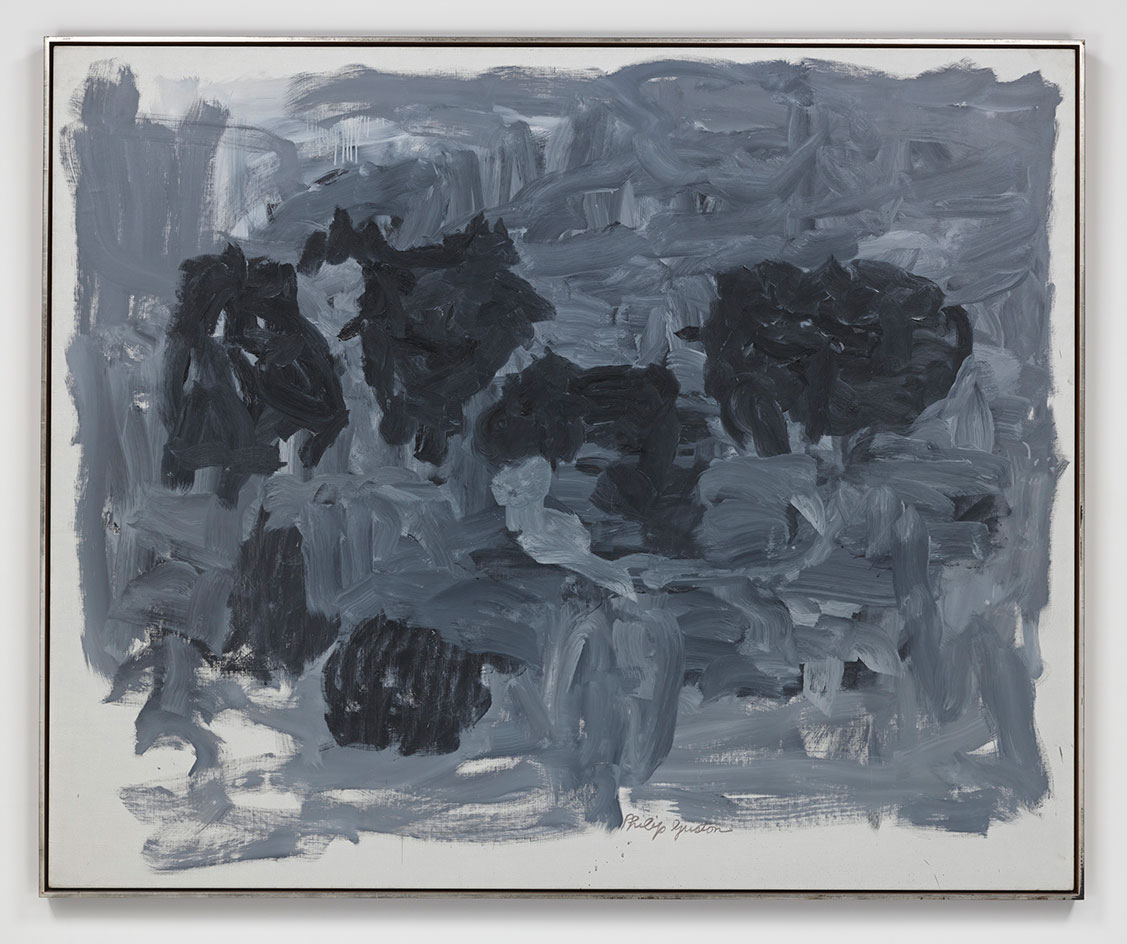
The exuberant colours and vigorous strokes of earlier years moved to darker, more tenebrous forms, rendered with a darker, more limited palette. Pictured: The Year (1964).
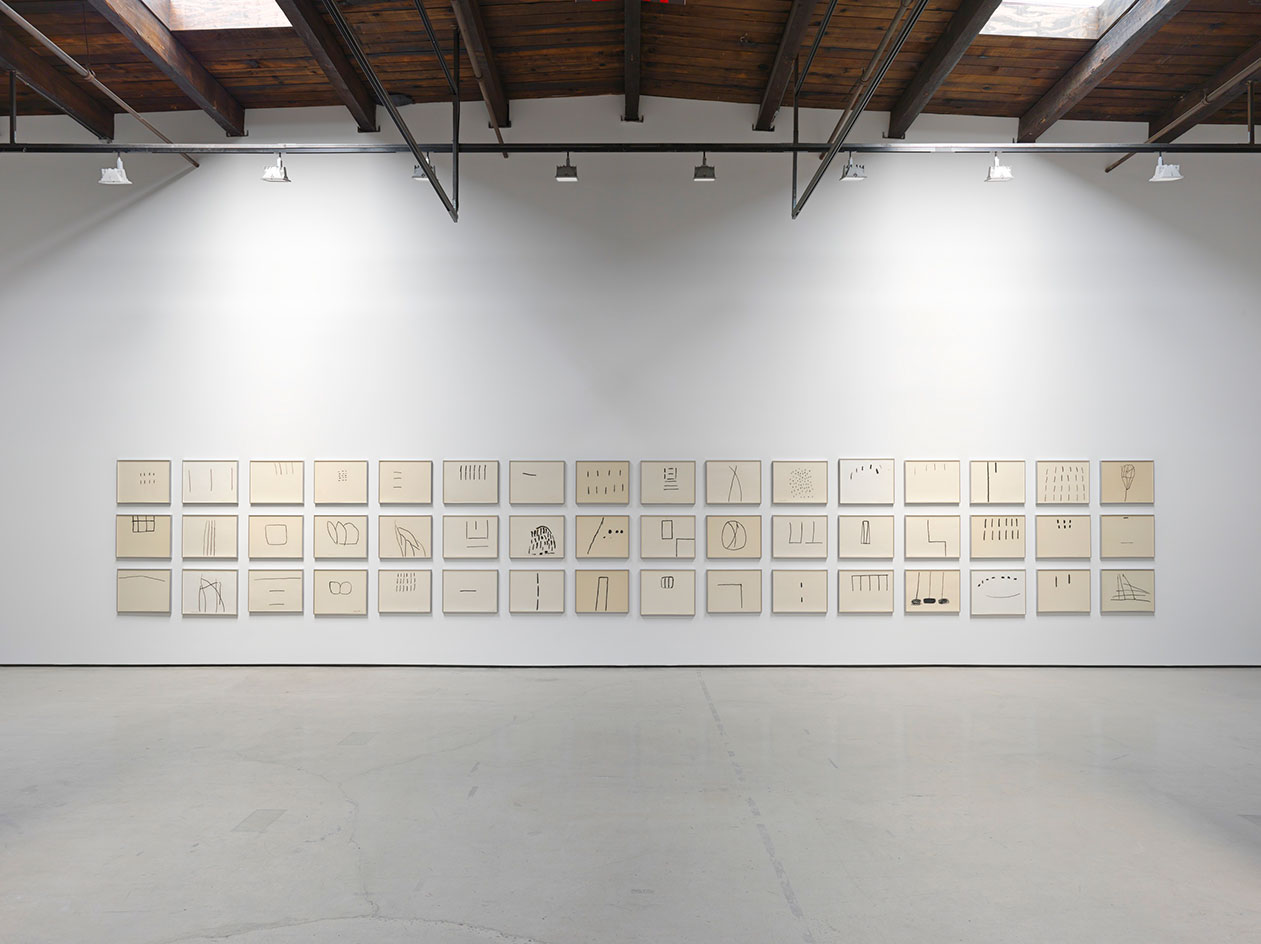
The exhibition’s last section presents the artist’s 'pure drawings,' which were created in a two-year span between 1966 and 1967. Displayed together in a grid, the pieces offer a kind of elemental comfort with their gestures, marks, crude portraits and depictions of architecture and landscapes.
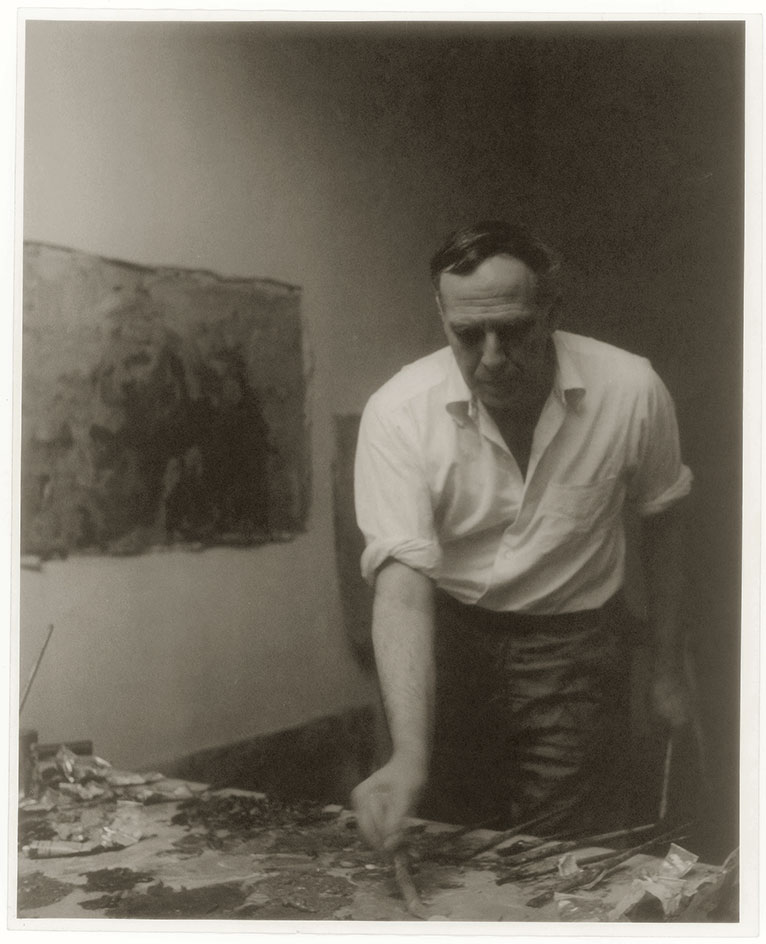
Philip Guston in his studio, New York, 1957.
INFORMATION
‘Philip Guston: Painter, 1957 – 1967’ is on view until 29 July. For more information visit the Hauser & Wirth website
Photography: © The Estate of Philip Guston. Courtesy Hauser & Wirth
ADDRESS
Hauser & Wirth
32 East 69th Street
New York NY 10021
Wallpaper* Newsletter
Receive our daily digest of inspiration, escapism and design stories from around the world direct to your inbox.
-
 This new Vondom outdoor furniture is a breath of fresh air
This new Vondom outdoor furniture is a breath of fresh airDesigned by architect Jean-Marie Massaud, the ‘Pasadena’ collection takes elegance and comfort outdoors
By Simon Mills
-
 Eight designers to know from Rossana Orlandi Gallery’s Milan Design Week 2025 exhibition
Eight designers to know from Rossana Orlandi Gallery’s Milan Design Week 2025 exhibitionWallpaper’s highlights from the mega-exhibition at Rossana Orlandi Gallery include some of the most compelling names in design today
By Anna Solomon
-
 Nikos Koulis brings a cool wearability to high jewellery
Nikos Koulis brings a cool wearability to high jewelleryNikos Koulis experiments with unusual diamond cuts and modern materials in a new collection, ‘Wish’
By Hannah Silver
-
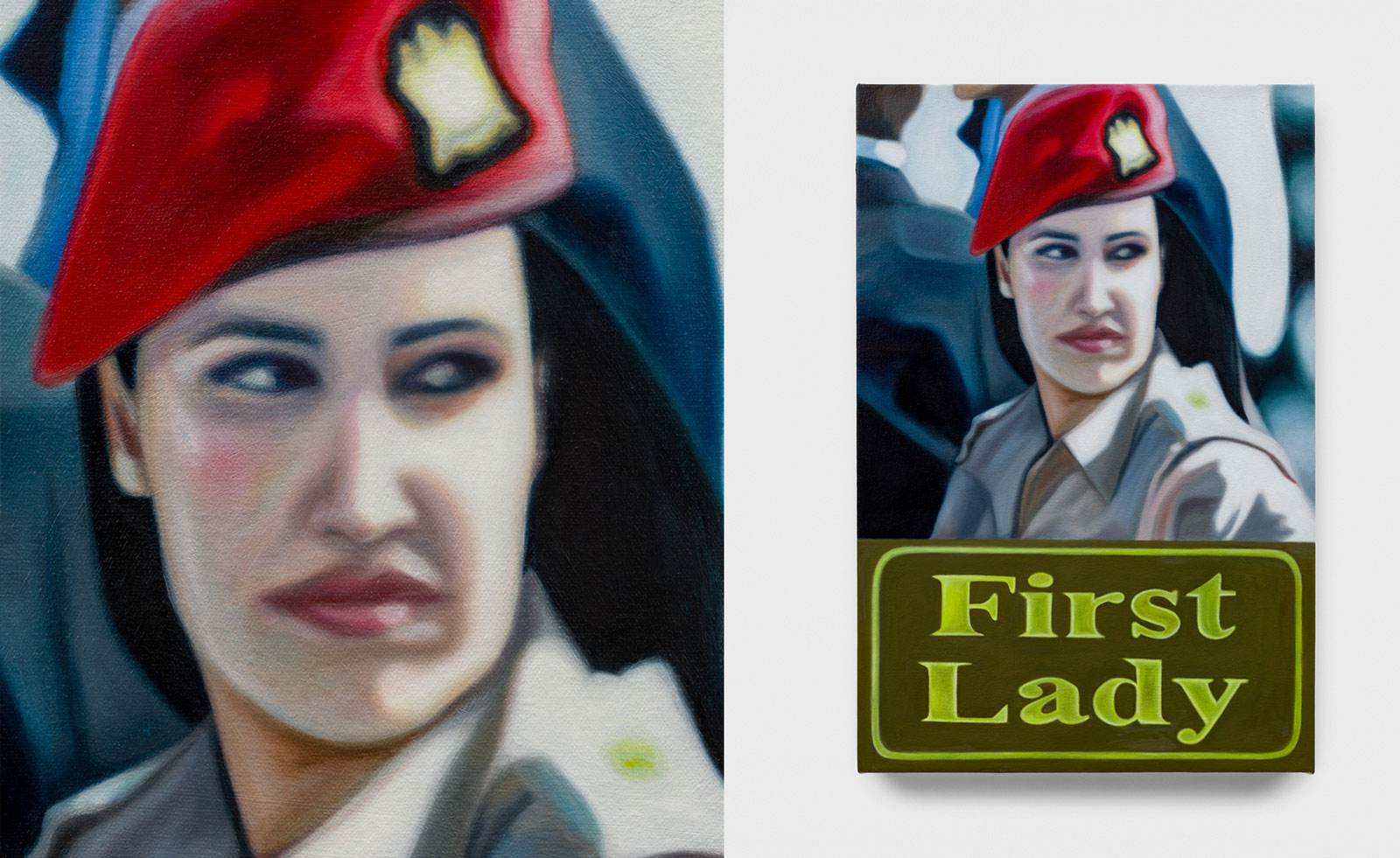 Tasneem Sarkez's heady mix of kitsch, Arabic and Americana hits London
Tasneem Sarkez's heady mix of kitsch, Arabic and Americana hits LondonArtist Tasneem Sarkez draws on an eclectic range of references for her debut solo show, 'White-Knuckle' at Rose Easton
By Zoe Whitfield
-
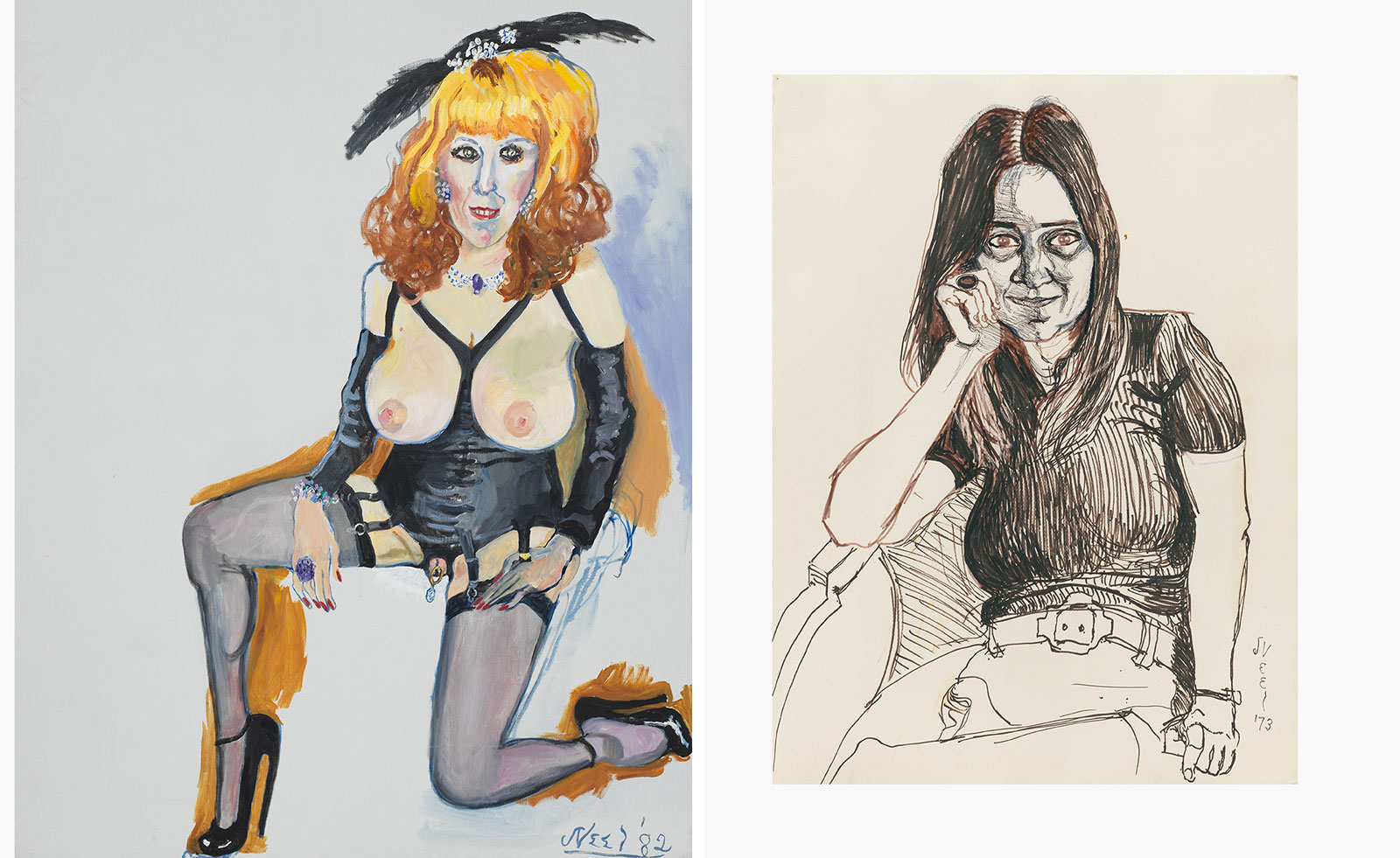 Alice Neel’s portraits celebrating the queer world are exhibited in London
Alice Neel’s portraits celebrating the queer world are exhibited in London‘At Home: Alice Neel in the Queer World’, curated by Hilton Als, opens at Victoria Miro, London
By Hannah Silver
-
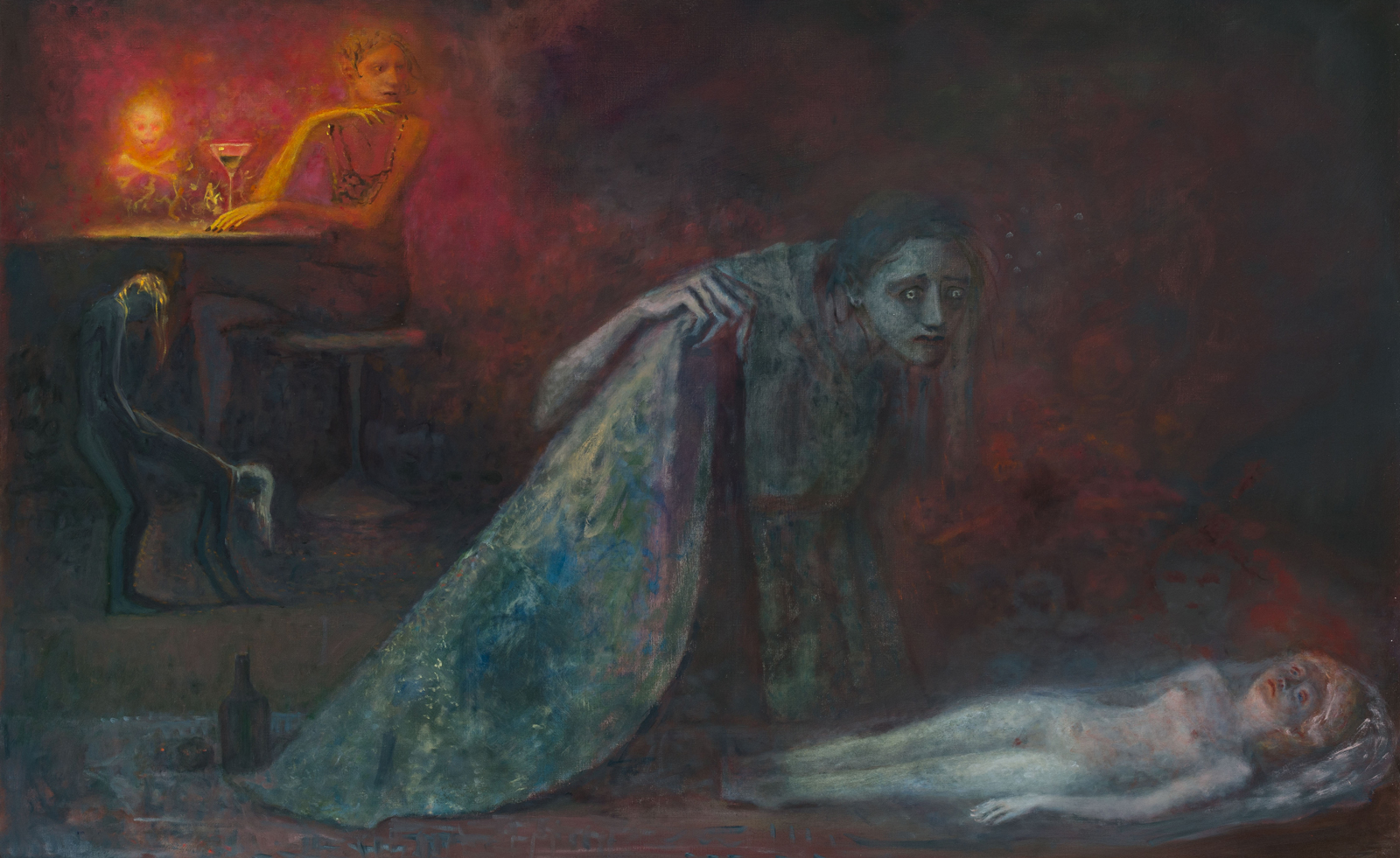 ‘You have to face death to feel alive’: Dark fairytales come to life in London exhibition
‘You have to face death to feel alive’: Dark fairytales come to life in London exhibitionDaniel Malarkey, the curator of ‘Last Night I Dreamt of Manderley’ at London’s Alison Jacques gallery, celebrates the fantastical
By Phin Jennings
-
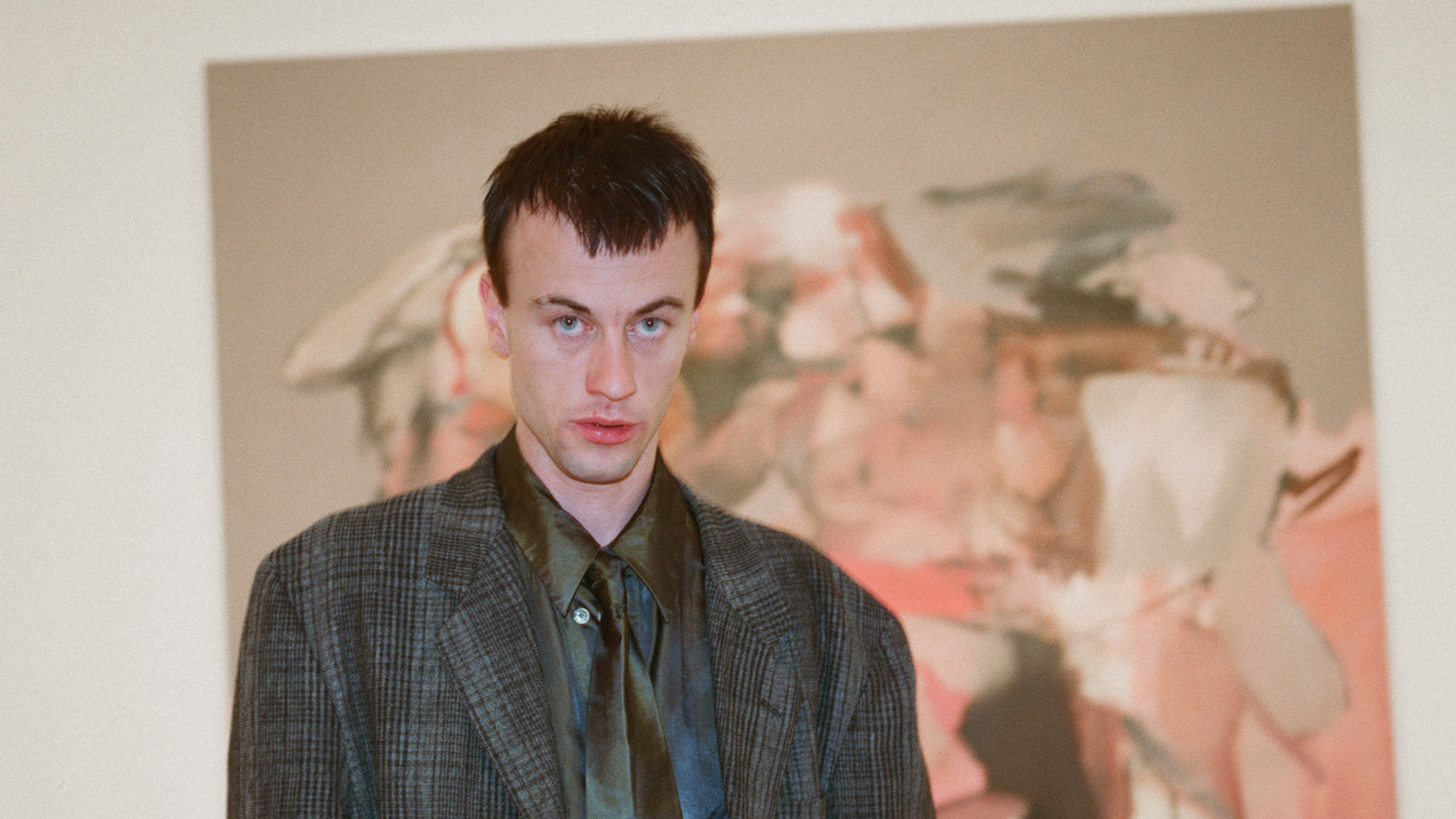 Inside the distorted world of artist George Rouy
Inside the distorted world of artist George RouyFrequently drawing comparisons with Francis Bacon, painter George Rouy is gaining peer points for his use of classic techniques to distort the human form
By Hannah Silver
-
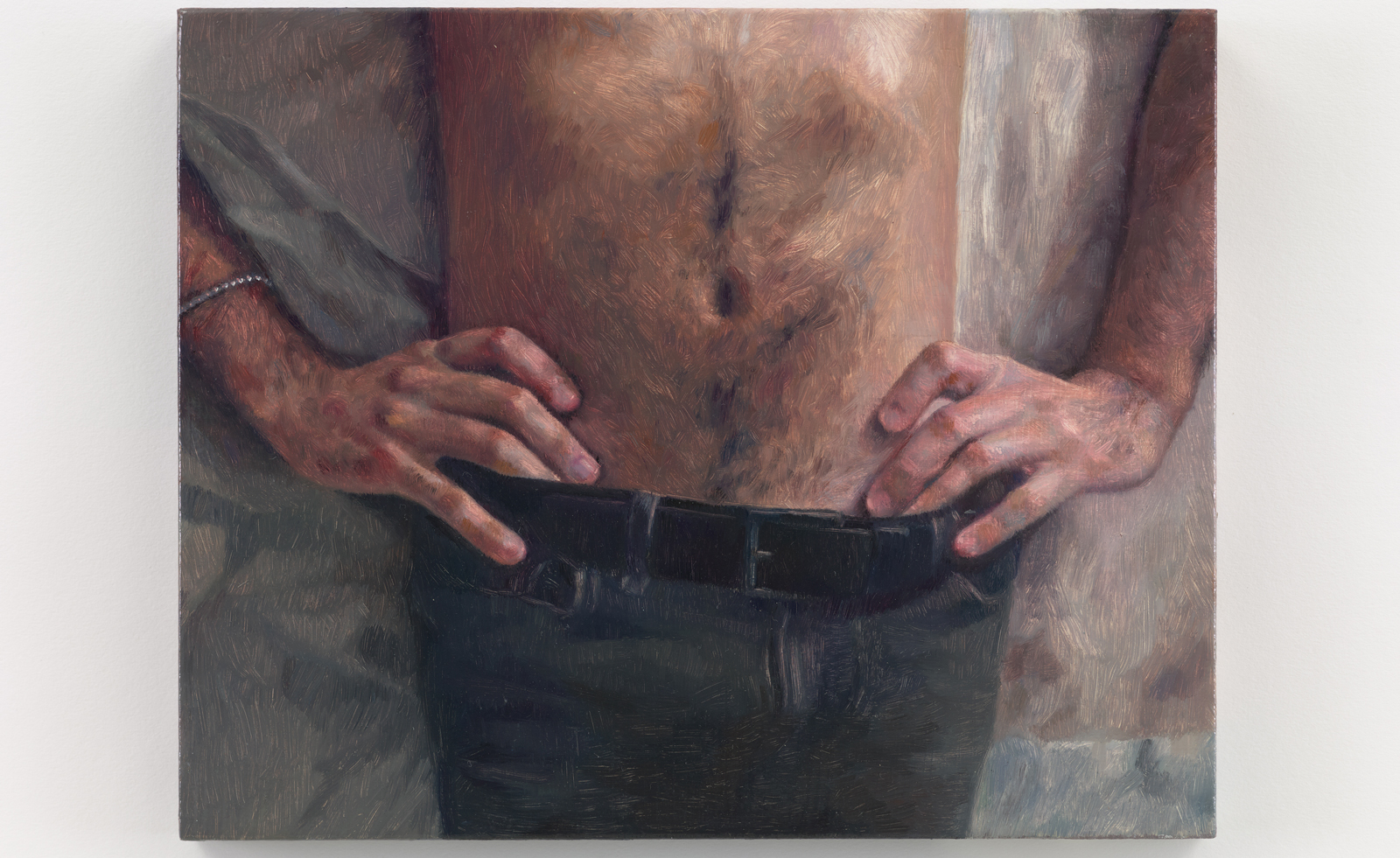 Love, melancholy and domesticity: Anna Calleja is a painter to watch
Love, melancholy and domesticity: Anna Calleja is a painter to watchAnna Calleja explores everyday themes in her exhibition, ‘One Fine Day in the Middle of the Night’, at Sim Smith, London
By Emily Steer
-
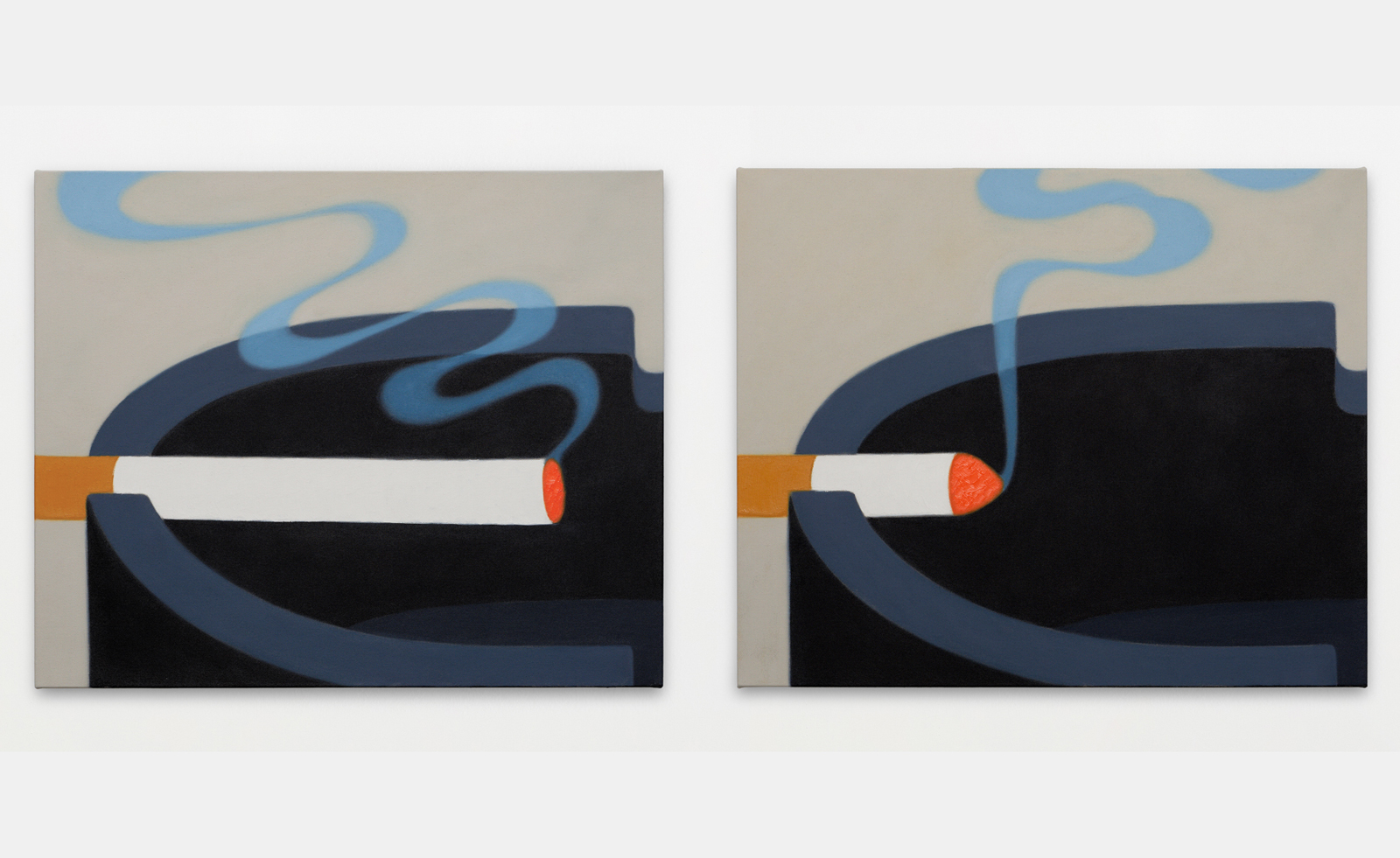 Henni Alftan’s paintings frame everyday moments in cinematic renditions
Henni Alftan’s paintings frame everyday moments in cinematic renditionsConcurrent exhibitions in New York and Shanghai celebrate the mesmerising mystery in Henni Alftan’s paintings
By Osman Can Yerebakan
-
 Inside Jack Whitten’s contribution to American contemporary art
Inside Jack Whitten’s contribution to American contemporary artAs Jack Whitten exhibition ‘Speedchaser’ opens at Hauser & Wirth, London, and before a major retrospective at MoMA opens next year, we explore the American artist's impact
By Finn Blythe
-
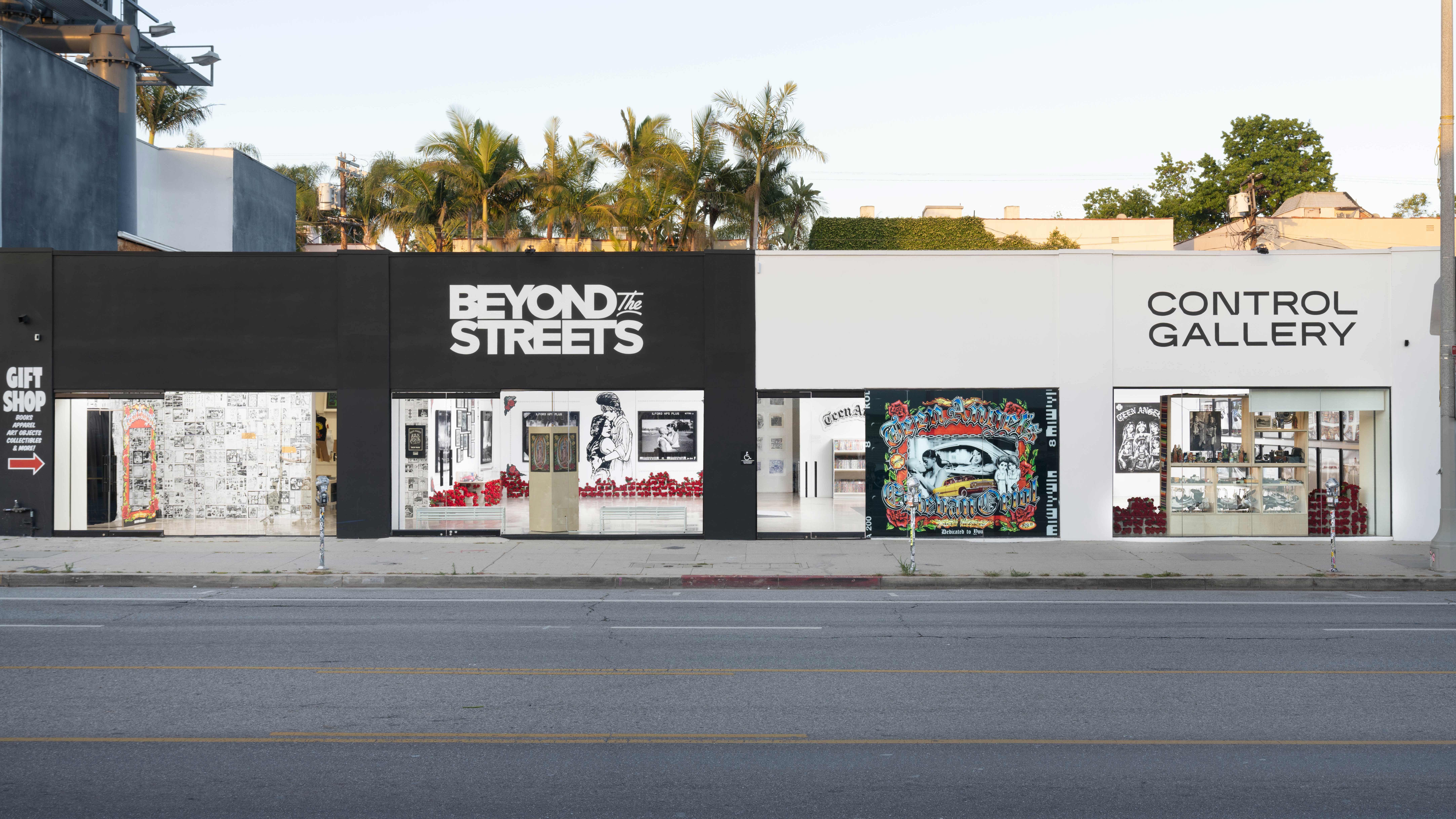 The lesser-known Los Angeles galleries contributing to a vibrant art scene
The lesser-known Los Angeles galleries contributing to a vibrant art sceneOutside of LACMA, MOCA and The Broad, these independent LA galleries are major players in the art world
By Kevin EG Perry